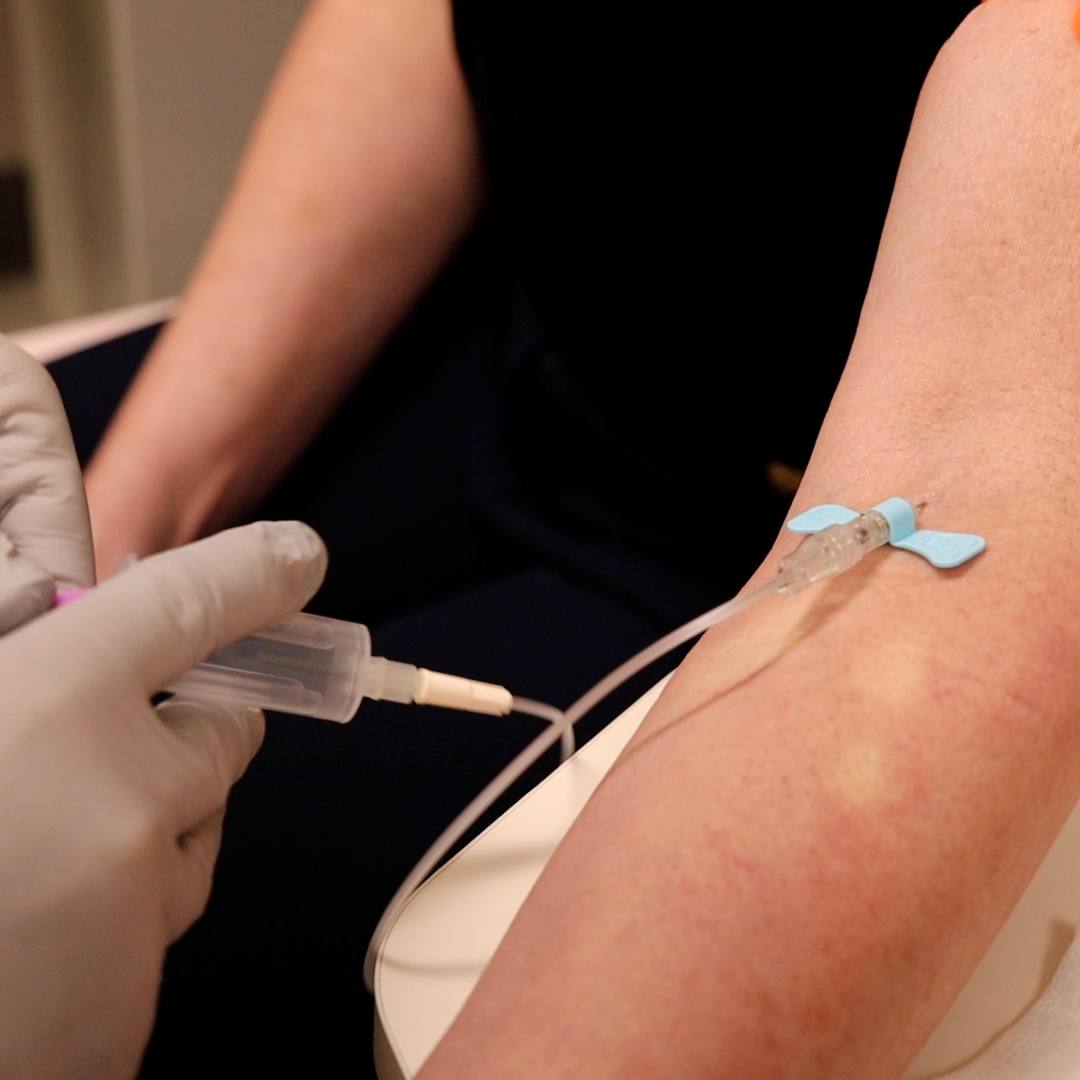-
Health & Wellness
Range of Treatment Options Available for Thumb Arthritis
Range of Treatment Options Available for Thumb Arthritis
April 29, 2011
Dear Mayo Clinic:
The arthritis in my thumb has gotten so bad that I can hardly use my hand. I've tried a number of treatments. Nothing helps. Is surgery usually successful? I've heard the thumb joint can be replaced. What is involved?
Answer:
It's easy to under appreciate the thumb — until it hurts. The thumb is a workhorse. Countless times a day, thumbs turn a key, close a zipper, peel an apple or perform other simple tasks. The pain from thumb arthritis can make these activities impossible.
Thumb arthritis is a form of osteoarthritis, which occurs when cartilage on the joint surface of bones wears down over time. Normally, cushiony cartilage covers the ends of the bones, allowing for smooth movement as joints move back and forth or around.
In thumb arthritis, the cartilage deteriorates at the joint between the wrist and the base of the thumb. The cartilage surface deteriorates and the cushioning eventually wears away. Joint movement is reduced to bone on bone, causing joint damage, pain and disability.
Fortunately, a range of treatment options are available for thumb arthritis. In the early stages, a combination of therapies can be helpful, including pain medication, physical therapy, corticosteroid injections, splints and activity modification. For many patients, one or more of these treatment options may be all that are needed.
For others, joint damage — and pain — are so severe that surgery may be indicated. While prostheses (plastic or metal devices) have been developed to completely replace the joint, doctors currently prefer another option that has proven to be more durable. The surgery most often recommended is called ligament reconstruction or interposition arthroplasty. Fortunately, many patients who undergo this procedure have pain-free thumb movement and are able to resume normal activities.
Here's how the surgery helps:
In thumb arthritis, the ligament that supports the joint at the base of the thumb loses integrity by stretching or tearing. Surgeons remove the damaged portion of this ligament and replace it with a piece of the patient's own wrist flexor tendon. The transposed tendon reconnects and restores mechanical function of the thumb with the rest of the hand.
Typically, this is an outpatient procedure done with regional anesthesia (numbing the upper limb only). The patient is discharged with a splint to be worn around the clock.
After about two weeks, the patient transitions to a removable splint and starts working with a hand therapist on small thumb movements. At six weeks post-surgery, patients usually don't need a splint. At the three-month mark, most patients feel like they have turned the corner and are comfortable with day-to-day activities.
Surgeons have performed variations of this surgery for 30 years. Based on that history, we know that this repair is long-lasting.
You aren't alone in dealing with this painful condition. Thumb arthritis is common, especially in postmenopausal women. It occurs in women three to four times more often than in men. I encourage you to work with a rheumatologist and hand surgeon to explore all your treatment options. Patients with thumb arthritis don't need to live with pain and disability.
— Stephen Trigg, M.D., Orthopedic Surgery, Mayo Clinic, Jacksonville, Fla.
Related Articles







